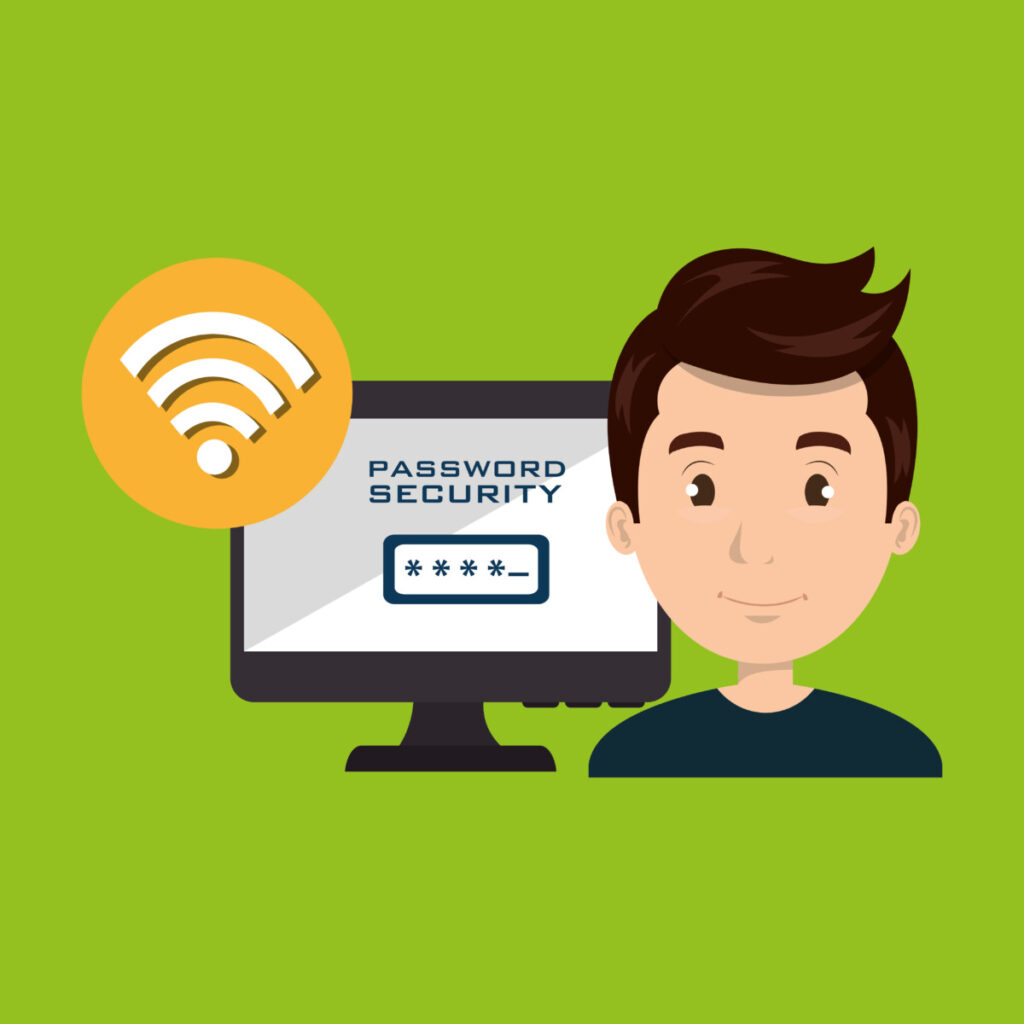
When connecting your device to a wireless network, you might see the option to join a hidden network. Before connecting to a hidden network, you should consider the safety of your device.
Hidden networks do not disclose their Service Set Identifier (SSID) to other devices. The SSID is the name of the network. Since the wireless network doesn’t broadcast its name, it must reach out to individual devices. Joining unknown hidden networks exposes the device to a variety of threats.
Hidden networks aren’t all bad, there are a variety of good uses for this service. Keep reading to learn more about connecting to hidden WiFi networks.
Uses for a Hidden Network
There are several uses for setting up a hidden WiFi network. If you want to improve the security of your devices and network or create simplified internet options for customers, hidden WiFi networks are useful. Let’s take a moment to discuss why you might set up a hidden network in your business or home.
Security
When you plug in your WiFi router, it automatically broadcasts its name, also known as the Service Set Identifier (SSID). The SSID allows your devices to differentiate between your network and others.
Because the name is being broadcasted, you can easily find the network on all of your devices. Most WiFi networks automatically require a password from connecting devices. This adds a layer of security. Since hackers are known for cracking passwords, this does not entirely protect your devices.
Read here about how to manage your router settings from your computer.
To further protect your network, you can stop broadcasting its name to all devices. This is called a “hidden network.” For devices to connect to the hidden network, they must receive an invite from the network.
Some devices may still see “Hidden Network” appear in their wireless internet options. For this reason, using a hidden network may not add much security. All a hacker needs to do is learn the SSID and password to join the network. In essence, using a hidden network only slows the attacks down.
Simplified Options
If you are a business owner, chances are, you will have multiple wireless internet networks. One network for customers and 1-2 for employees.
In most cases, it is appropriate to name one network “[business name] Customers” and the others “[business name] Employees.” You might even leave the customer network public, but require a password for the employee network. However, if you want to prevent hackers or curious customers from joining the company network, you can hide the network SSID.
Not only does this protect the network, but it also limits the options for customers. Fewer available wireless networks make it easier for customers to find the one they need. This is especially beneficial in areas where there are lots of businesses offering WiFi to their customers.
Joining a Hidden Network

If you or someone you know doesn’t own a hidden network, you should never join it, even if you recognize the name. If you receive an unprompted invite to join a hidden network, steer clear. Once you join, the network can collect information about you and your data usage.
However, if you have a hidden network you want to join, there are easy steps you can follow to find it on all of your devices.
To connect to a hidden network, you will need to know three things about it: the SSID, the encryption type, and the password.
When joining a hidden network from a mobile device, open settings or system preferences. Under “Wi-Fi”, wait for the available networks to load. If the hidden network does not appear, click “other.” Some devices may show this option as “add network” or something similar.
You will be prompted to enter the Network Name, select the type of Security, and type the correct password. Click “Join” and let the device connect! If you do not know the type of security your network uses, it will likely be listed on the bottom or back of the router. Security options are as follows:
- WEP
- WPA
- WPA2/WPA3
- WPA3
- WPA Enterprise
- WPA2 Enterprise
- WPA3 Enterprise
You can join the hidden network from your computer using similar steps. Some computers may even offer the ability to “Join a Hidden Network,” further simplifying the process of joining. Joining smart devices such as Alexas and Televisions may be a bit more complicated.
As you can see, joining a hidden network is not extremely difficult. While this feature hides the network from those just passing by, a hacker might take the time to join the network. Protect your network by using not commonly known passwords or SSIDs.
Even using a complicated SSID may not protect your network. All a hacker needs is a program such as NetStumbler. After running the program in one area for a short period of time, the program finds all hidden networks and displays their name, security type, and much more to the hacker.
Only share your network name and password with those you trust. If another phone or computer in the area is in their contacts, they may be prompted to share the network information with that device. Once logged in, that device will not forget the login information.
Should I Make a Hidden Network?
It is tempting to make a hidden WiFi network for added security. However, as you learned earlier, this does not create enough of a barrier between you and potential threats. Additionally, joining a hidden network is more complicated for you. In other words, you trade convenience for minimal security when converting to a hidden network.
All in all, making a hidden network isn’t worth the trouble for a personal network.
The most tempting reason you would form a hidden network is to simplify options for customers. As a business owner, you want to simplify the customer experience. If your public and private networks have similar names, it may confuse and frustrate customers.
While you could rename the networks to be more easily discerned, customers still have to scroll through all the available networks in the area to find the one they want, especially if there are many other businesses in the area. Hide the network to simplify their experience.
